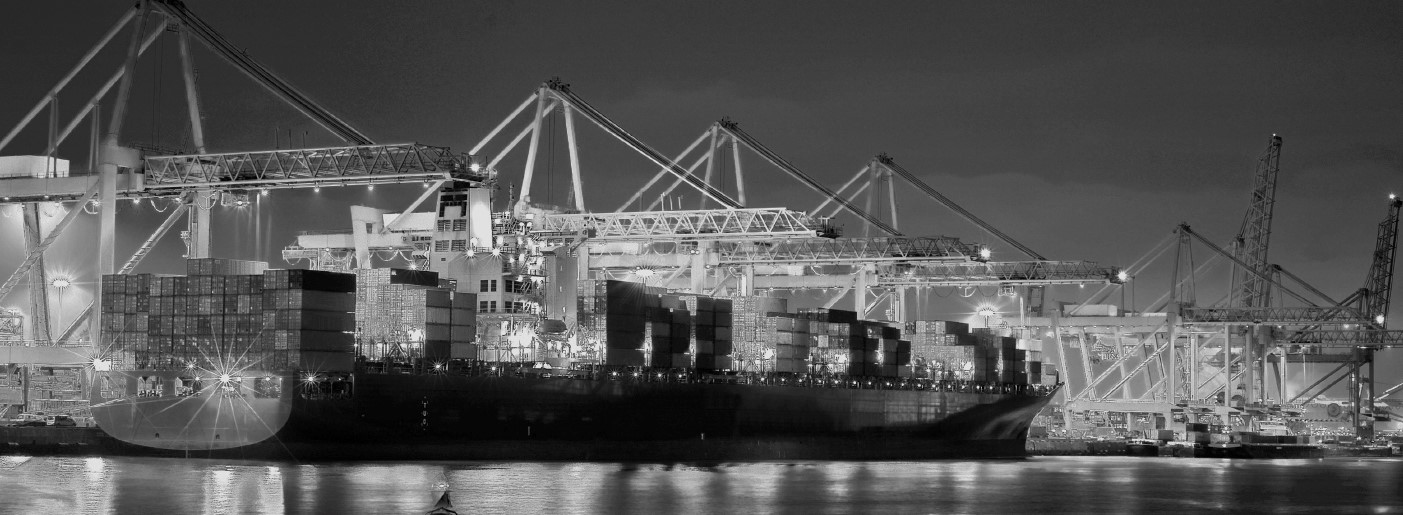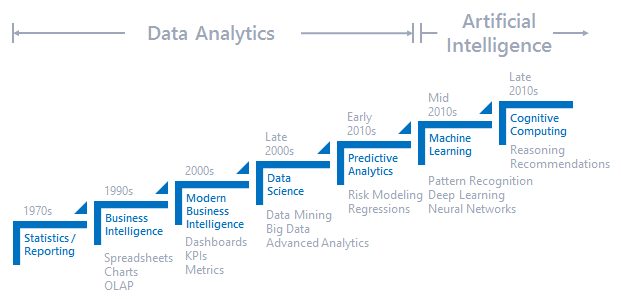
In the terminal operations industry, the road before us offers a technological adventure replete with new ways of thinking. Who’s up for a drive?
Over the past several years at Tideworks Technology, I have been a witness to and have been a part of an exceptional team; catalysts for a great deal of technological change within our organization and industry, and I am excited to share snippets of our journey.
If it sounds like I’m on a high-tech expedition…I am. And I am not alone. I welcome all colleagues, mentors and critics to join me. I embrace the fact we’re navigating this technology landscape together. Mind you, our journey is filled with the roadside attractions and sudden detours associated with container terminal operating systems and intermodal terminal operations, but that’s just what’s outside my windows.

Our bags are packed with innovations from IT, software, and hardware solutions from the terminal operating systems world and the software solutions market in general. We think about how to make sense of emerging technologies and how to apply them in everything we do in preparation for the obstacles we must overcome and the opportunities currently unforeseen.
No doubt we need to collectively make sense of things so that our business landscape is more profitable, efficient, and adaptable to what is yet to come. We’re technologists and we’re business leaders. We cannot afford to separate the two. And that’s not easy.
Technological change can overhaul companies and entire industries in the blink of an eye. Just look at the taxi industry.
But that is our charge. We sift through the mountains of information being thrown at us every day in our industry and figure out which trends we’re going to hitch to and which we’re going to avoid.
Over the next few months I plan to publish a series of posts discussing three industry trends that have transformational qualities and a fourth that is an enabler for such technologies. In each post I’ll share a bit about how my colleagues and I are planning to address these opportunities.
Let’s start with data-driven decision making.
A conversation about data-driven decisions must start with data trends. When we look at the progression of data analytics over the past few decades, we see tremendous movement and growth, particularly in the past decade. What’s driving that growth? A confluence of factors including: improvements in processing capabilities such as cloud computing capacity; significant improvements in business intelligence tooling, and perhaps most importantly, major increases in the amount of data being captured.

The first iPhone was introduced in 2007. That was only 10 years ago! Since then, a dizzying number of devices, programs, apps, sensors, gadgets and widgets have been developed, resulting in lots of data. Big data. Distributed data. Which then begs the question, how are we going to analyze all that data? How are we going to utilize it to improve business now and beyond?
At the 10,000 ft. level, data analytics has morphed into two categories: human-focused, which help us (the humans) understand our data better, and machine-focused, which helps computer programs inform themselves about how they can act or react differently (a fundamental step towards artificial intelligence).
